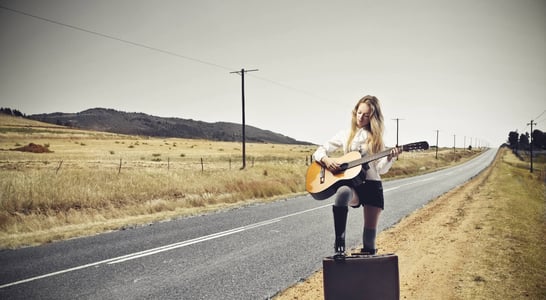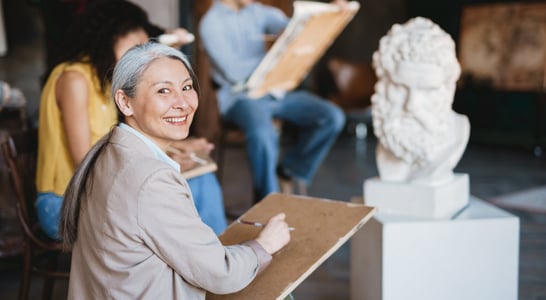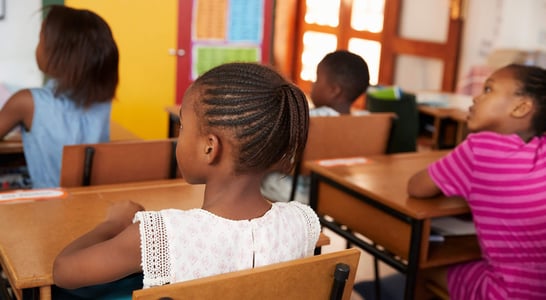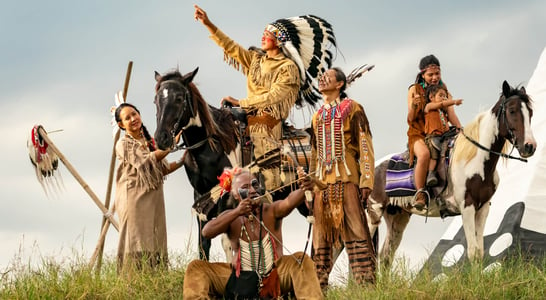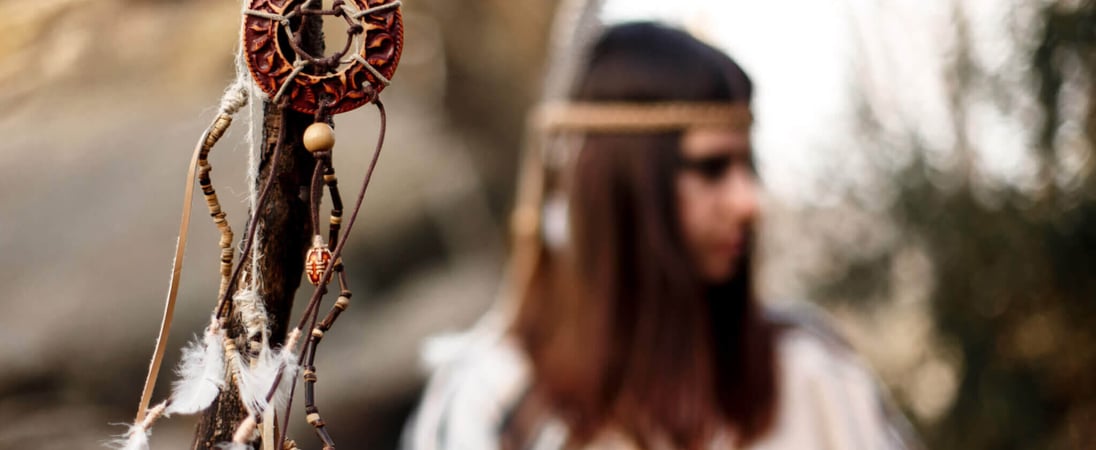
Smithsonian Day
Smithsonian Day, also known as Indigenous Peoples’ Day, is a celebration of Native American histories and cultures.
It seeks to replace the traditional Columbus Day by shifting the focus from European discovery to the recognition of Indigenous peoples as the original inhabitants.
Through educational events and public acknowledgments, the day aims to provide a more accurate portrayal of history. In essence, it emphasizes the resilience and contributions of Native communities.
Across the United States, states and cities are increasingly adopting this day as an official holiday. It reflects a growing movement to rectify historical injustices and celebrate the rich, diverse cultures of Indigenous peoples.
Schools, museums, and cultural institutions host a variety of activities, from art exhibitions to lectures and workshops that explore Indigenous traditions, stories, and current issues.
These events foster greater understanding and respect for Indigenous perspectives and promote ongoing dialogue about the past and its impact on present communities.
Smithsonian Day is not only a day of celebration but also a day of learning, reflection, and recognition. The day highlights the importance of embracing and preserving the heritage and rights of Indigenous peoples across the nation.
How to Celebrate Smithsonian Day
Celebrating Smithsonian Day, also known as Indigenous Peoples’ Day, can be a meaningful and engaging experience. Here are five playful and quirky suggestions on how you can honor the day:
Dive into Indigenous Literature
Grab a captivating book by an Indigenous author.
Whether it’s a gripping novel or a powerful memoir, reading is a fantastic way to step into the shoes of Indigenous peoples and understand their stories and perspectives.
Support Through Art
Attend a performance by Indigenous artists, whether in dance, music, or theater. This not only entertains but also directly supports Indigenous culture and provides a deeper appreciation of their artistic contributions.
Explore Educational Events
Why not join a virtual event or seminar? Many institutions host discussions and presentations that delve into Indigenous history, rights, and current issues.
It’s a comfy way to learn something new from the comfort of your home.
Connect with Nature
Engage in an outdoor activity that respects and honors Indigenous practices, like planting native species or participating in a nature walk guided by Indigenous leaders.
It’s a hands-on way to connect with the land and learn about sustainable practices rooted in Indigenous wisdom.
Culinary Delights
Cook a meal using traditional Indigenous ingredients or recipes. This will tantalize your taste buds and pay homage to the rich culinary traditions of Indigenous peoples.
History of Smithsonian Day
Smithsonian Day arose from a 1977 proposal at the United Nations International Conference to recognize the historical significance and rights of Indigenous populations in the Americas.
This proposal suggested replacing Columbus Day with a day that honors the original inhabitants of these lands.
The city of Berkeley, California, was the first to implement this change in 1992. It set a precedent that would gradually be adopted by other states and cities across the United States.
The movement gained momentum as various regions in the U.S. started to recognize the importance of reflecting a more accurate historical narrative. South Dakota, for instance, was the first state to rename the holiday in 1990, choosing to honor Native American culture and history.
Over the years, the observance has expanded, with educational institutions and cultural centers hosting events that emphasize Indigenous traditions, contributions, and contemporary issues facing these communities.
Today, Smithsonian Day encourages a rethinking of historical narratives and promotes education about Indigenous cultures through various events and activities organized by Smithsonian institutions and other entities across the country.
This day serves not only as a celebration but also as a platform for raising awareness about the ongoing challenges and achievements of Native American communities.
Smithsonian Day FAQs
How did the term “Indigenous Peoples’ Day” gain prominence?
The term “Indigenous Peoples’ Day” emerged from a 1977 United Nations conference on discrimination against Indigenous populations in the Americas.
Activists proposed it as a replacement for Columbus Day to honor Indigenous heritage.
Which state first recognized Indigenous Peoples’ Day statewide?
South Dakota was the first state to recognize Indigenous Peoples’ Day statewide in 1990, replacing Columbus Day to honor Native American culture and history.
How do educational institutions participate in Smithsonian Day?
Schools and universities often host lectures, workshops, and cultural events that explore Indigenous traditions, stories, and current issues, fostering greater understanding and respect for Indigenous perspectives.
Are there any international observances similar to Smithsonian Day?
Canada celebrates National Indigenous Peoples Day on June 21st, recognizing the diverse cultures and contributions of First Nations, Inuit, and Métis peoples.
This day includes ceremonies, performances, and educational events across the country.
How has the perception of Columbus Day changed in recent years?
In recent years, there has been a growing movement to replace Columbus Day with Indigenous Peoples’ Day, reflecting a shift towards acknowledging the historical and cultural contributions of Indigenous communities and addressing past injustices.
What role do museums play in Smithsonian Day celebrations?
Museums play a significant role by hosting exhibitions, workshops, and performances that highlight Indigenous art, history, and culture, providing educational opportunities for the public.
How can individuals support Indigenous communities on Smithsonian Day?
Individuals can support Indigenous communities by attending cultural events, supporting Indigenous-owned businesses, educating themselves on Indigenous histories, and advocating for policies that protect Indigenous rights.
Are there any notable symbols associated with Indigenous Peoples’ Day?
While there isn’t a universal symbol, many celebrations feature traditional Indigenous art, music, and dance, as well as the display of tribal flags and regalia, to honor and represent the rich diversity of Indigenous cultures.
How do Indigenous communities view the transition from Columbus Day to Indigenous Peoples’ Day?
Many Indigenous communities view the transition as a positive step towards recognizing their histories and contributions, as well as addressing the historical inaccuracies and harms associated with Columbus Day.
What resources are available for educators to teach about Indigenous Peoples’ Day?
Educators can access a variety of resources, including curriculum guides, literature by Indigenous authors, and materials from museums and cultural institutions, to teach about Indigenous histories and cultures in an accurate and respectful manner.
See what else is happening…
There’s always more going on every month at Days Of The Year. Here are our favorites this month!
Also on ...
View all holidaysInternational Country Music Day
Kick up your heels and get ready to sing along to the sounds of the heartland. Catchy lyrics and twangy guitars await!
National Apple Dumpling Day
Getting tired of apple pie? Try apple dumplings instead, a delicious apple-filled treat containing cinnamon, nutmeg, and perhaps cloves or lemon zest.
We think you may also like...
International Day of the African Child
Highlighting the importance of education and raising awareness about challenges faced by young people in diverse regions.
